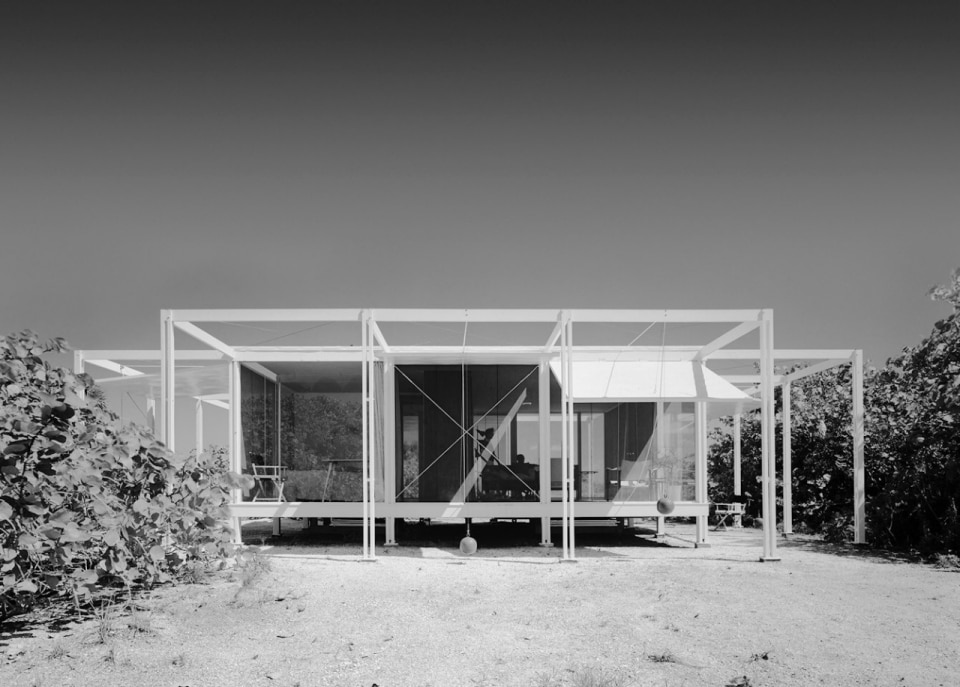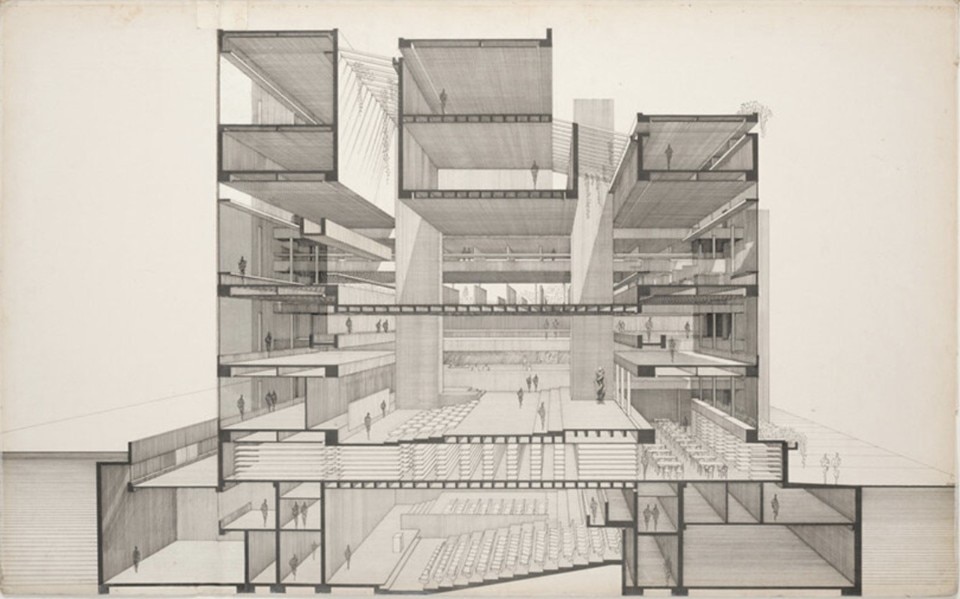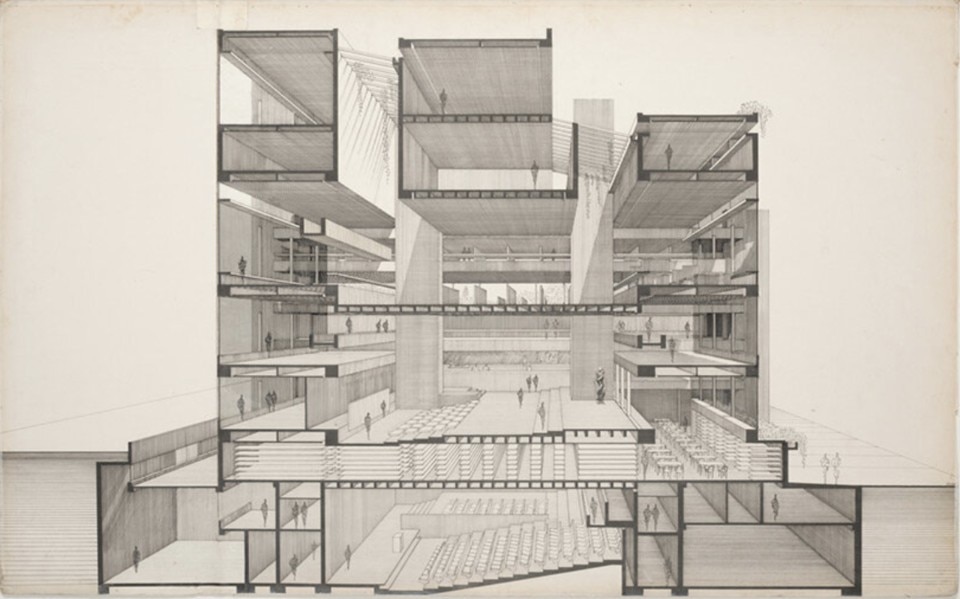Paul Rudolph’s name has become almost synonymous with brutalism, thanks to works like the Art and Architecture Building at Yale University (where he also chaired the School of Architecture) or his own townhouse on Beekman Place in New York City. But this very association reveals a lot about brutalism, its variety, and the many clichés that prevent us from seeing its depth. As advocates of the movement never tire of repeating, there’s more to brutalism than just raw concrete, bold monumental gestures, or controversial buildings that drew criticism from the day they opened, if not earlier.
Brutalism was born about honesty – a brutal honesty, if you will – in the materials and the way they functioned architecturally, exposed and emphasized, within the limits of reality.
And one of Rudolph’s early works, one that might even be described as pre-brutalist, brings many of these ideas together, without showing one single cubic centimeter meter of exposed concrete.
To understand the Walker Guest House of 1953 as a brutalist work, beyond its natural resonance with American modernism of its times, it’s helpful to consider the condition in which it’s being sold today: originally built in Sanibel, Florida, auctioned off, shipped to California, and now once again available for purchase, disassembled, packaged, and ready to be placed wherever its next owner might choose. A selection of its original mid-century furnishings can also be shipped along with it.
It’s a house-object – lightweight, semi-industrialized, and aesthetically tied to its own functional logic without falling into baroque excesses. Except for one feature, which gave the house its nickname: the structure is based on a modular grid of about 2,5 meters in every direction, and its interior space is defined by sliding panels. Depending on the user’s choices, these panels create either a compact shell or a hybrid space in visual, and physical, continuity with the surrounding landscape. The panels move using a system of pulleys and spherical counterweights, suspended and clearly visible in the middle of each bay, giving rise to the house’s alternate name, the “Cannonball House”.
This “house without a house” tells us a lot about brutalism and the evolving narrative around figures like Paul Rudolph. But all three – the house, the movement and the architect – were already making history in real time, in their 1950s “here and now”. Rudolph always spoke of the Walker Guest House as his favorite among his own works, plus, it was quickly met with critical acclaim, featured in publications such as Progressive Architecture, Architectural Forum, and Architectural Record. The 2024 retrospective exhibition at the Metropolitan Museum of Art in New York also recognized its significance, adding a lighter, offbeat note to the otherwise monolithic portrait of the American master, one closer to the understanding of a specific soul of modern architecture that was already, in essence, brutalist.
Opening image: Paul Rudolph, Walker Guest House. Photo Brown Harris Stevens.










